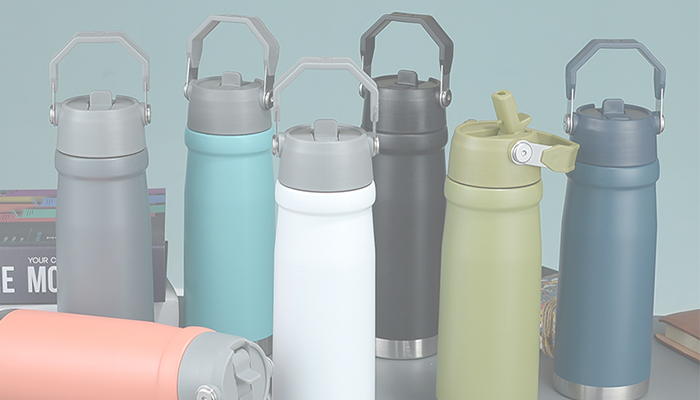In the ever-evolving landscape of materials science, the quest for the strongest and most heat-resistant materials has become a focal point for researchers, engineers, and industries alike. As technology advances, the demand for materials that can withstand extreme temperatures while maintaining structural integrity is paramount. This article delves into the characteristics, applications, and future prospects of the strongest heat-resistant materials known to humanity.
Understanding Heat Resistance
Heat resistance refers to a material's ability to withstand high temperatures without undergoing significant degradation in its physical or chemical properties. This characteristic is crucial in various applications, from aerospace engineering to electronics and industrial manufacturing. The ability to endure thermal stress not only enhances the longevity of materials but also ensures safety and reliability in critical applications.
The Strongest Heat-Resistant Materials
- Graphene
Graphene, a single layer of carbon atoms arranged in a two-dimensional lattice, is celebrated for its remarkable strength and thermal conductivity. With a tensile strength over 130 gigapascals, graphene is not only one of the strongest materials known but also exhibits exceptional heat resistance, maintaining stability at temperatures exceeding 3000°C in a vacuum. Its potential applications range from advanced electronics to aerospace components, where lightweight and heat-resistant materials are essential. - Carbon Nanotubes
Carbon nanotubes (CNTs) are cylindrical structures made of carbon atoms, known for their extraordinary strength-to-weight ratio and thermal stability. They can withstand temperatures up to 2800°C in inert environments. CNTs are increasingly being utilized in composite materials, enhancing the thermal and mechanical properties of polymers and metals, making them ideal for aerospace and automotive applications. - Refractory Metals
Refractory metals, including tungsten, molybdenum, and tantalum, are known for their high melting points and exceptional strength at elevated temperatures. Tungsten, for example, has a melting point of 3422°C, making it suitable for applications in aerospace, nuclear reactors, and high-temperature furnaces. These metals are often used in environments where other materials would fail, such as in rocket nozzles and electrical contacts. - Ceramics and Ceramic Matrix Composites (CMCs)
Advanced ceramics, particularly those reinforced with fibers (CMCs), exhibit remarkable heat resistance and mechanical strength. Materials like silicon carbide and alumina can withstand temperatures above 1600°C, making them ideal for applications in gas turbines, aerospace, and automotive industries. CMCs combine the lightweight properties of ceramics with the toughness of metals, offering a unique solution for high-performance applications. - Superalloys
Superalloys, particularly nickel-based superalloys, are engineered to withstand extreme temperatures and mechanical stress. These materials maintain their strength and oxidation resistance at temperatures exceeding 1000°C, making them indispensable in jet engines and gas turbines. The intricate design of superalloys, often involving complex compositions and heat treatments, allows them to perform reliably in the most demanding environments.
Applications of Heat-Resistant Materials
The applications of these advanced materials are vast and varied:
- Aerospace: The aerospace industry relies heavily on heat-resistant materials for components that experience extreme temperatures during flight. From turbine blades to heat shields, the strength and thermal stability of these materials are critical for safety and performance.
- Automotive: In the automotive sector, heat-resistant materials are used in engine components, exhaust systems, and brake systems, where high temperatures and mechanical stress are prevalent.
- Electronics: As electronic devices become more powerful, the need for materials that can dissipate heat efficiently while maintaining structural integrity is crucial. Heat-resistant materials are essential in the manufacturing of semiconductors and circuit boards.
- Industrial Manufacturing: High-temperature furnaces, reactors, and processing equipment require materials that can withstand extreme conditions without degrading, ensuring efficiency and safety in industrial operations.
Future Prospects
The future of heat-resistant materials is promising, with ongoing research focused on developing new composites and alloys that can withstand even higher temperatures and stresses. Innovations in nanotechnology and material science are paving the way for the next generation of materials that could revolutionize industries and enhance performance in extreme environments.
Conclusion
In conclusion, the quest for the strongest and most heat-resistant materials is a testament to human ingenuity and the relentless pursuit of innovation. From graphene and carbon nanotubes to refractory metals and superalloys, these materials not only push the boundaries of what is possible but also play a crucial role in shaping the future of technology. As we continue to explore and develop these advanced materials, we unlock new possibilities for applications that were once thought to be unattainable, ensuring a safer and more efficient world.


